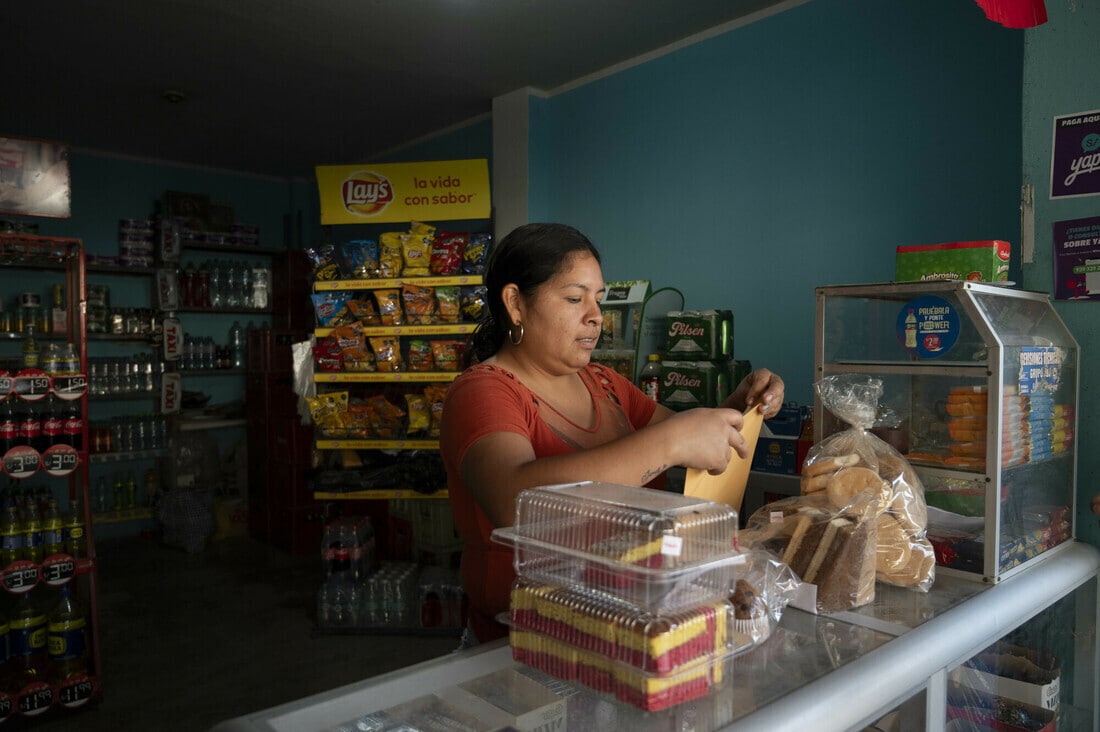Why next generation learning is gaining traction


Get involved with our crowdsourced digital platform to deliver impact at scale
Stay up to date:
Education
Don’t look now, but… next generation learning is gaining traction.
Students in schools across the country are experiencing learning that is personalized, competency-based, blended, student-centered, project-based, and driving towards deeper, 21st-century skills.
The school designs are raw, the technology still too kludgy, its interoperability a dream on the horizon. Clarity about the new and very demanding roles for educators is just emerging, our understanding of how to measure for so-called “soft skills” barely in its infancy. Accountability systems that support rather than cripple these approaches to learning are just now – maybe – seeing the light of day.
I know: we should call this traction?
Yes. It’s early days, but these linked forms of learning appear to be gaining enough weight and momentum to begin – emphasis on that word begin – moving American public education in a new direction. How can we tell? Look at how differently we would answer four basic questions about next gen learning at the end of 2014 than we would have, at the beginning:
What does next gen learning even look like? Show me some examples!
They are works in progress, constantly iterating on elements of their models. (We are talking about fundamental change, after all, moving from a paradigm organized around delivering instruction to a new one designed around catalyzing learning.) But the examples are out there. For an accessible, engaging, and digitally interactive road-trip through a dozen of the schools that are leaders in this re-imagining, take a look at Lighting the Path to Personalized Learning, released in November by Getting Smart and Next Generation Learning Challenges (NGLC).
It’s a cross-section of schools, so you’ll see examples from districts and charters, new and existing schools, in urban and rural communities across the country. Their stories share how they set high expectations for college readiness, how they personalize learning for all students, and how they intend to serve many, many students without a need for more money than public funding gives them.
How do we know if it’s working or not?
Two answers. First: On the metrics that really count, we’re going to have to wait a long time. Are these schools helping students develop skills that will make them markedly better prepared to succeed in college and afterward? We’ll find out – in a decade. But we know without doubt that too many students fail to develop those skills, today.
Second: Preliminary results on fairly traditional metrics, using NWEA’s MAP assessments in 23 personalized learning schools over two years, show promising outcomes – better achievement gains in English and math than comparison schools with similar student demographics. It’s early days, but these findings from RAND, released late last year in Early Progress: Interim Research on Personalized Learning, demonstrate that genuine academic rigor is happening in these schools – along with a deeper focus on the habits of success and skills students need to succeed that are not tested by MAP, like critical thinking, collaboration, and resiliency.
Won’t the deeper-learning aspects of next gen learning undercut our schools’ commitment to high expectations? And aren’t those skills impossible to measure, anyway?
These are worthy questions. But here are two more new reports that should give us some confidence about schools’ ability to help students develop know-how without sacrificing core knowledge: RAND’s Measuring Hard-to-Measure Student Competencies and AIR’s Study of Deeper Learning. Both of them focus on the thoughtful development of practical, high-quality learning strategies and measures of interpersonal and intrapersonal competencies.
How will these innovations scale up beyond the pioneers and early-adopter schools?
Another good point. Scaling up promising pilots with fidelity and effectiveness is not something that public education has done well. In some ways, the very tenets of personalized learning appear antithetical to our traditional scaling strategies, which tend to involve mandates and mass accountability measures. But there is solid work being done here, some of it in states like New Hampshire that are seeking to bring about this transformation in a deliberate, coherent way.
It’s also worth reading Education Week’s special report on personalized learning, published last fall. It contains nine articles exploring personalized learning across a boatload of dimensions, including the challenges of transforming classrooms and the importance of student ownership.
It’s early. There is much to learn. Gold-plated evidence and rock-solid exemplars are not yet at hand. But if every journey begins with its most important steps, 2014 saw next generation learning take more than a few of them. What will 2015 bring?
This article is published in collaboration with Impatient Optimists. Publication does not imply endorsement of views by the World Economic Forum.
To keep up with Forum:Agenda subscribe to our weekly newsletter.
Author: Andy Calkins is Deputy Director of Next Generation Learning Challenges.
Image: Students at the Lilla G. Frederick Pilot Middle School work on their laptops during a class in Dorchester, Massachusetts June 20, 2008. REUTERS/Adam Hunger.
Don't miss any update on this topic
Create a free account and access your personalized content collection with our latest publications and analyses.
License and Republishing
World Economic Forum articles may be republished in accordance with the Creative Commons Attribution-NonCommercial-NoDerivatives 4.0 International Public License, and in accordance with our Terms of Use.
The views expressed in this article are those of the author alone and not the World Economic Forum.
The Agenda Weekly
A weekly update of the most important issues driving the global agenda
You can unsubscribe at any time using the link in our emails. For more details, review our privacy policy.
More on Education and SkillsSee all
Jeff Maggioncalda
June 21, 2024
Chun Yin Mak
June 18, 2024
Rahmin Bender-Salazar, Breanne Pitt and Christian Roth
June 13, 2024
Mark Muckerheide
May 21, 2024






